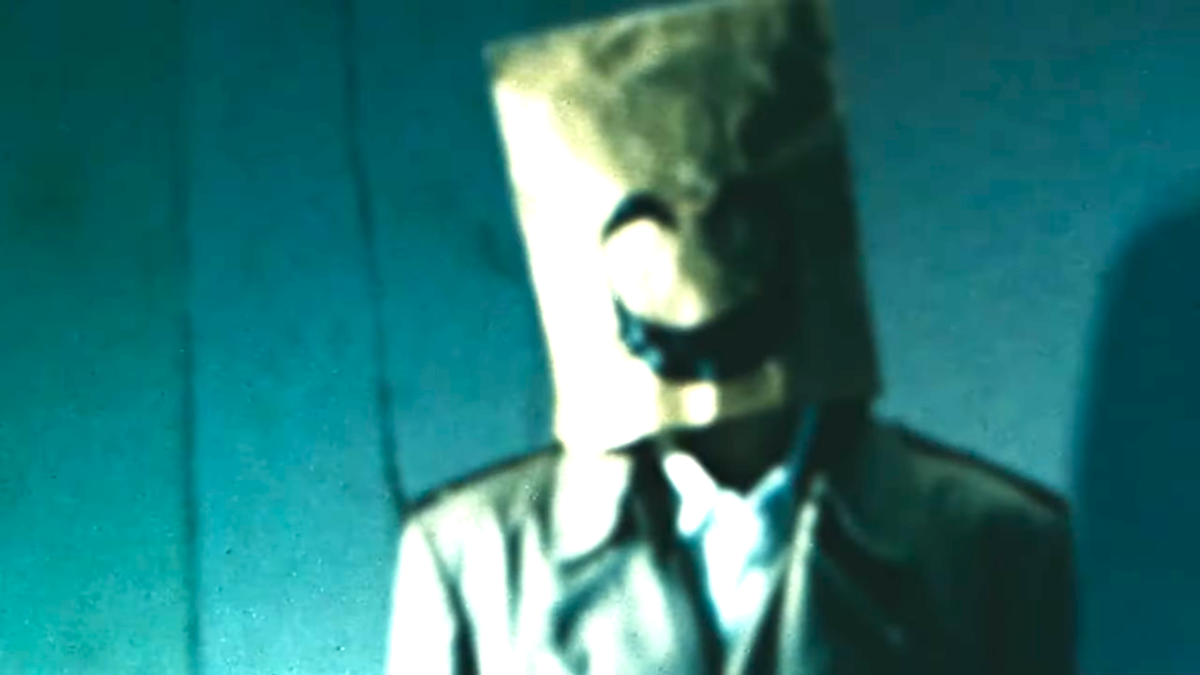
If last year the indie scene was, once again, dominated by roguelikes and survival games, 2016 seems to be all about hacking ‘n’ slashing through worlds of high fantasy rendered in glorious pixel art. While release dates for the likes of Death’s Gambit, EITR, and Below remain hazy, the first of a gorgeous bunch is already upon us with Moon Hunters, and, if Kitfox Games’ sophomore effort is any indication, it’s going to be a vintage year.
An action RPG for up to four players (playing locally or online), Moon Hunters‘ surface simplicity belies a host of original ideas and some refreshingly oddball mechanics. It is, also, an exceedingly hard game to describe. The setup is conventional enough: on the night of a major festival, the moon, worshipped as a goddess by your tribe, fails to rise. You have just three days to seek out neighboring tribes, explore nearby ruins and temples, and, perhaps even contact the dreaded Sun Cult to find information about her disappearance.
After a wonderfully concise introduction – the most perfect condensation of mood and theme in less than 60 non-interactive seconds since Cortana’s inaugural monologue in Halo 3 – and two preparatory levels (both rather fixed) taking you to the tribal village for the ill-boding feast, Moon Hunters‘ saga-generating capacities start to unfold.
Your village is connected to several locales, which are partly randomized, and partly shaped by your choice of homeland made at the beginning of the game. The map screen where you select your next destination displays some basic information for each: the nature of the terrain and a series of icons denoting special features. More importantly, it also shows areas outside your immediate vicinity. Since new destinations become accessible by visiting adjacent ones, and since you have a limited time to conclude your investigation, this allows you to plan a trajectory in order to reach particularly interesting-looking locations before the end of the three-day deadline.

Destination set, the screen shifts to a top-down view of your environment and you, along with any companions, may start exploring what is, typically, a rather short level filled with monsters as well as a handful of non-player characters and random events.
Combat takes place in typical action-RPG style, each of the six character classes suited for a different approach (ranged, melee, support) and each wielding unique, upgradeable abilities powered through a, generously recharging, energy bar. There’s a simple flow in its offense that makes fighting quite pleasurable, despite pronounced balancing issues.
Non-combat situations, such as helping a druid remove a pesky bird from the branches of a sacred tree or trying to communicate with an ancient, Assyrian-looking statue, are usually resolved by picking one out of two possible reactions. Your choice affects a set of personality traits: raise one enough and perhaps you’ll be labeled as Patient or Foolish, Seductive or Brave. These are much more than cosmetic tags for your character sheet, affecting NPC responses and the availability of specific sidequests.
After fully exploring a level (or getting knocked unconscious) you set up camp. Here you can choose between a number of actions like resting, meditating, or cooking, each of which provides you with statistical bonuses and may trigger special encounters. The three-day limit means that you will only have time to visit six different locations regardless of whether you manage to clear them or not. On the morning of the fourth day, armed with whatever knowledge, companions and abilities you have managed to gather along the way, you fight the final boss. A full playthrough of the game should last no longer than an hour.

It is after the final credits have rolled, however, that things get interesting: starting a new game, the second time around proves nothing like the first. This is not the hollow randomization adopted by hundreds of roguelikes currently crowding the Steam store. Kitfox has magically succeeded in combining procedural generation with scripted content in a way that makes each playthrough more than just an alternate collection of enemies and rewards; they become genuinely different stories.
Each character elicits distinct reactions and may be privy to important information unavailable to others. Unlockable homelands are connected to different types of terrain and their populace may offer specific insights on the vanishing of the moon goddess. Developing particular personality traits may enable access to certain quests that reward you with vital items or helpful new familiars.
More importantly, while all these permutations coalesce to make each playthrough a unique, self-contained experience, there is a sense in which, together, they hint at a larger story – a Rashomon-style narrative that one may understand fully only after seeing several of its variations.
I’ve completed the game seven times and, though I’ve yet to reach the “true” ending, I believe that I’ve been gradually accumulating clues that will eventually enable me to achieve it. And I’ve never been bored, as each hour-long saga is filled with new stories and hints of even more waiting to be discovered. What secrets do the spirits emerging after the festival hold? What is the role of the telepathic insect race encountered just once in a cave? Where is the fabled cat that will teach me how to speak to animals?
So why is Moon Hunters not a masterpiece if its brilliant hybrid of procedural and scripted storytelling is dressed up in resplendent retro visuals, matched by the excellent, vaguely Celtic, soundtrack? As mentioned above, its balance is a bit of a mess. Upgrade combinations can make most characters unbeatable and melee classes are, in fact, ridiculously overpowered to begin with.
Using the Witch I defeated the final boss on a solo playthrough before it could attempt a single attack. Local co-op showed no evidence of scaling difficulty which means any multiplayer session is going to be a breeze. There are a few minor bugs and the current lack of online play to complain about as well, but it’s the total lack of challenge that really hurts the game.
Which is testament to precisely how impressive Moon Hunters‘ capacities as a storytelling machine are, when, despite such a serious flaw, it remains a thoroughly enjoyable and immensely replayable game. Its combat mechanics may fail to add anything to the experience, but the sights and sounds combined with the numerous stories hidden in its gradually revealing folds make the world of Moon Hunters an enchanting one to explore.
This review is based on the PC version of the game, which we were provided with.








Published: Mar 9, 2016 01:01 am